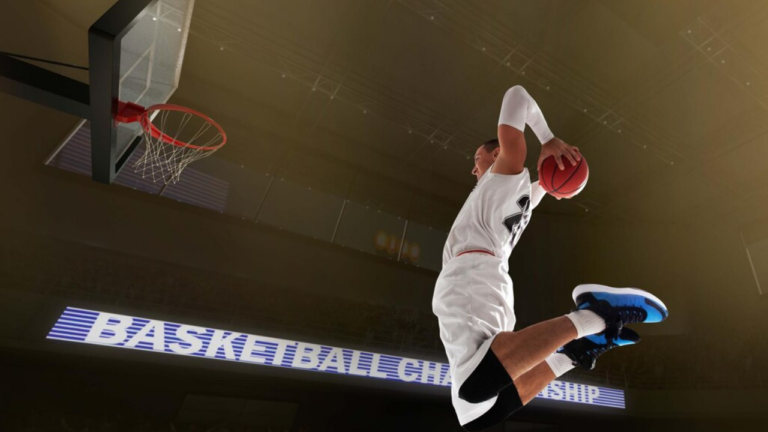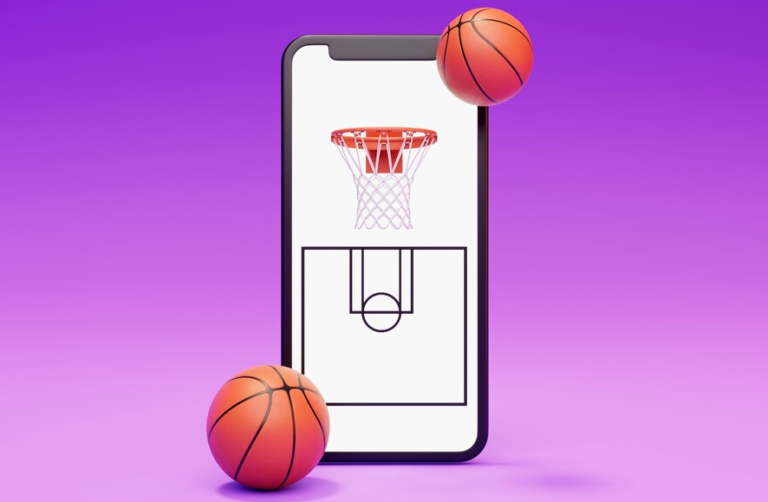Grabbing a rebound in basketball often shifts the game’s momentum in your favour. Rebounds do more than involve jumping higher than your opponent. They involve strategic positioning, quick thinking, and a deep understanding of the game’s dynamics. In this comprehensive guide, we will explore the various types of rebounds, delve into the intricate techniques you can use, and introduce you to effective drills for honing your rebounding prowess.
What are the types of rebounds?
Understanding the type of rebound you are going for can influence your team’s next move. Let’s explore the major categories of rebounds to understand their impact on gameplay.
Defensive rebound
Defensive rebounds are not just about grabbing the ball. They also involve turning the play into a quick counter-attack. Once you secure a defensive rebound, your next move could involve passing to a guard or taking the ball up the court yourself. Knowing how to quickly transition from defence to offence can turn a simple rebound into a game-changing play.
Offensive rebound
An offensive rebound serves as a psychological blow to the defending team. It is like saying, ‘We missed, but we are still going to score.’ Mastering offensive rebounds can also help you draw fouls. When you try for an offensive rebound, defenders might foul you. It can give your team more chances to score.
Techniques for rebounding
Now that we have discussed the types of rebounds, let’s look into the techniques that make a successful rebound possible. Every detail matters, from the angle of your hands to the timing of your jump.
Hand positioning
Extend your arms and open your palms wide to cover more surface area. The better you position your hands, the better you will be able to tip or grab the ball.
Good hand positioning also minimizes the chance that the ball will slip through your fingers, especially in those high-pressure game situations.
Timing and jumping
Being tall offers an advantage, but timing often trumps height. Some shorter players are exceptional rebounders. Their secret is perfect timing. Work on exercises that enhance your ability to predict the ball’s path, and practice your jump to meet it at its highest point.
Drills to improve rebounding
Drills turn theory into practice. But do not just go through the motions; challenge yourself to do better with each repetition.
Tip drill
This drill enhances tip control and the ability to grab the ball in traffic. Line up with teammates, tip the ball against the backboard, and cycle through players. Focus on keeping the ball high and controlling your tips.
War rebounding
Simulate a game situation with this drill. Two teams compete to grab rebounds off of deliberately missed shots. Use this drill to practice your boxing-out technique and develop a sense of where the ball will land after a missed shot.
Conclusion
Rebounding in basketball involves much more than jumping ability. It is a blend of skill, timing, and mental toughness. By focusing on the right techniques and drills, you can elevate your game and become an indispensable team member.
Are you eager to push your basketball skills to the next level? Do not stop with this article. Apply these techniques and drills during your practice sessions and feel the difference!





+ There are no comments
Add yours